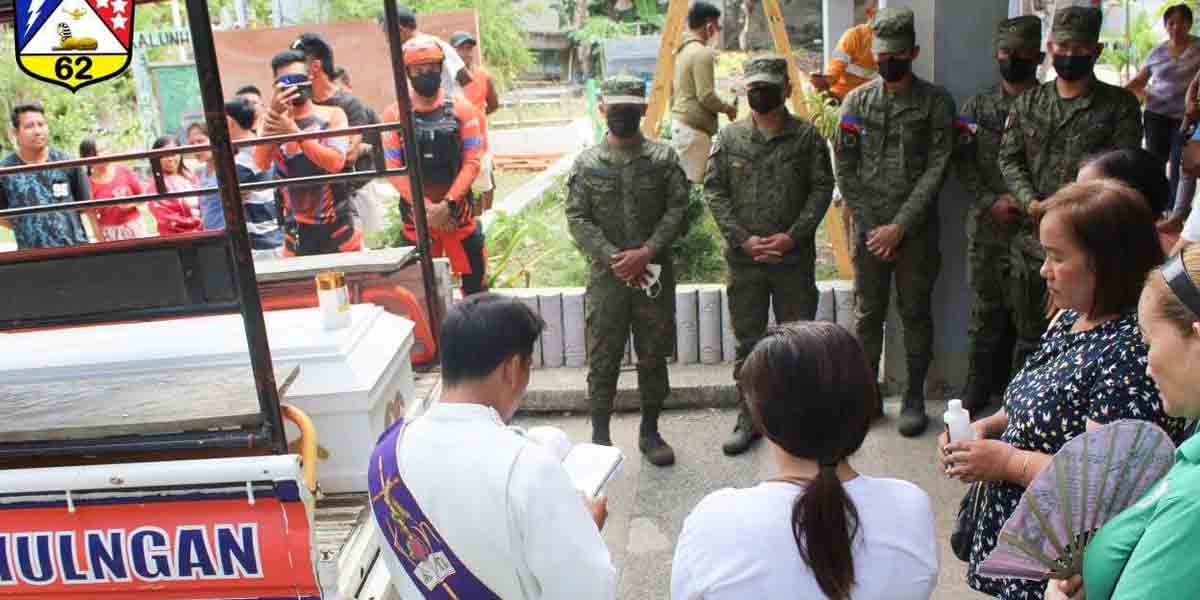 By Engr. Ray Adrian Macalalag
By Engr. Ray Adrian Macalalag
Did you know that, in the last 90 days as of January 18, 2021, the Philippines has about PHP7.78-Billion in economic losses due to road crash? That is about half of the money invested by the people in its state health insurance system that is missing or an equivalent of COVID-19 vaccines good for at least 15.5 million Filipinos*. Looking at how much that is over a short period of time, it can possibly translate to higher losses than what is presented on the news and all over social media.
Road crash is undeniably the least popular issue that has severe economic impacts even before the pandemic wiped out economies, big or small. According to the World Health Organization, about 1.3 million die per year due to road crash and between 20 to 50 million are injured.
Through the Data for Road Incident Visualization, Evaluation and Reporting System or DRIVER System, road crashes in the Philippines have been recorded for increasing awareness and providing relevant primary information for road safety programs investment decision-making. Although the system has been up and running for a long period of time, it can still be possible that not all road crashes are found on the system itself. Looking at it, most if not the majority of road crashes in the system only included that of Metro Manila, Central Luzon and Calabarzon. The same system noted the economic losses so far and based on the premise, the losses could be higher.
In the Philippines, three major factors need to be given attention by various sectors concerned to truly realize the goals of reduced road crash incidents by 2030 as we enter the new decade of action for road safety. These are: resources, people and governance.
It can be seen that the Department of Public Works and Highways (DPWH) and the Department of Transportation (DOTr) have been in the forefront of infrastructure development. As the Build, Build, Build program continues, a lot of investment on infrastructure has been noted over the past four years. However, these projects were mostly new projects connecting islands, road widening, upgrading, among others. The agencies lacked documentation of building safer roads or any support for that matter to indicate that roads indeed became safer because of the measures they are introducing.
With the pandemic, policies have been enhanced to promote bike commuting to which the DPWH have recently released guidelines on building bike lanes along national roads. The set of guidelines, however, is not a guarantee that roads will become safe for bike commuters. It requires strong investment support and promotion of a dedicated bike lane over the recommended option of shared use of existing roads with limited space.
It also boils down as to why we cannot simply have what other countries have for road safety, we simply do not have the resources or these resources, if available, were spent on other priorities. It can be understandable that the Philippines has so much in its hands with the pandemic itself in the limelight. Hopefully, when priorities have a vacant seat for funding, road safety will be given space.
On the other hand, people play an important role. The truest support people can give towards advocating for road safety is probably the easiest thing to do – follow rules. There are so many instances where the human factor has caused road crashes. Of the PHP7.78-billion economic losses mentioned, PHP7.46-billion or 96% was caused by human factor-induced road crashes.
Some rules are non-negotiable such as the traffic code or Republic Act No. 4136. While some are guides to ensuring travelling is safe on the part of the motor vehicle user, pedestrians and passengers alike. Unfortunately, these are sometimes not given emphasis or is simply neglected favoring convenience over safety such as not fastening of seatbelts and checking the condition of the motor vehicle prior to driving on the part of the driver or simply crossing the street in the proper designated areas on the part of the pedestrian. The list will just go on.
Lastly, it would be governance. The fact here is that the traffic code in the Philippine is very obsolete and it needs updating and more consolidation of more recent policies. In addition, road safety is just a supplemental priority on the part of the two lead agencies in Philippine transport. Why not establish a specific road safety agency which could ultimately safeguard priorities in ensuring roads and its users?
Looking over the records in Congress, there are a few of road safety governance-related bills which are just around there covered by dust. One prominent bill is the National Transportation Safety Board Act or Senate Bill No. 1077 filed by Senators Grace Poe, Ramon Revilla Jr. and Sonny Angara. The said bill would provide for a permanent oversight and coordinating agency for transportation safety encompassing road, rail, air and sea. To date, the counterpart bill from the House of Representatives is still pending.
Road safety in the Philippines lacks visible indicators proving that it is a priority. However, the synergy of the three factors mentioned would really expedite the formulation concrete measures in reducing cases of road crash. While other countries have already gotten everything figured out, the Philippines has a long way to go. It is just a matter of which factor would step in first getting support and then followed by the others. But the most definite sequence would probably be governance first, followed by resources and then finally the people. Governance will enable the acquisition of resources and with resources people could have tangible means to follow rules ensuring roads are safe.
For the moment, it is only the people that the country has and probably the best option for now is to make the most of what we can control – our actions, our collective actions – in following rules and prioritizing the safety of ourselves and others. As our economy is crippling to recover, doing our part to ensuring roads are safe for everyone will surely help. Just look at the figures.
*Referenced from estimated price of Oxford-Astra Zeneca COVID-19 Vaccine





















